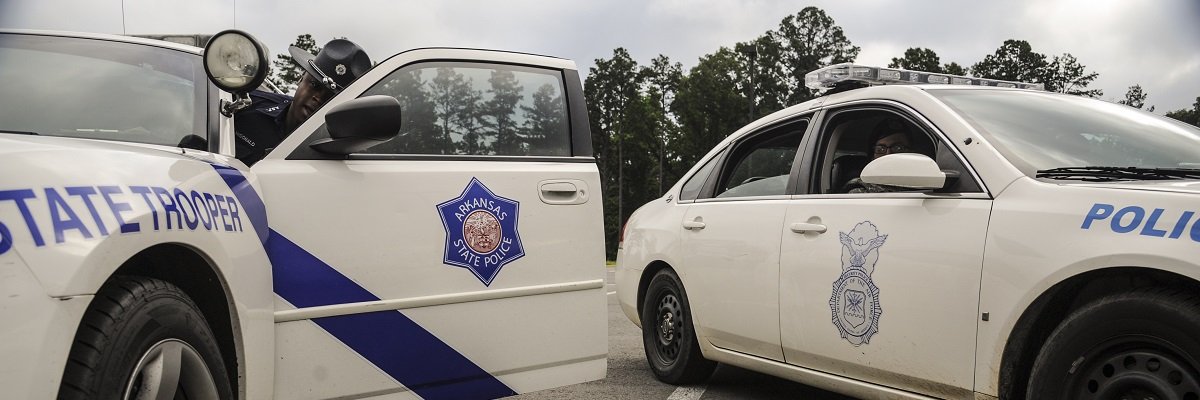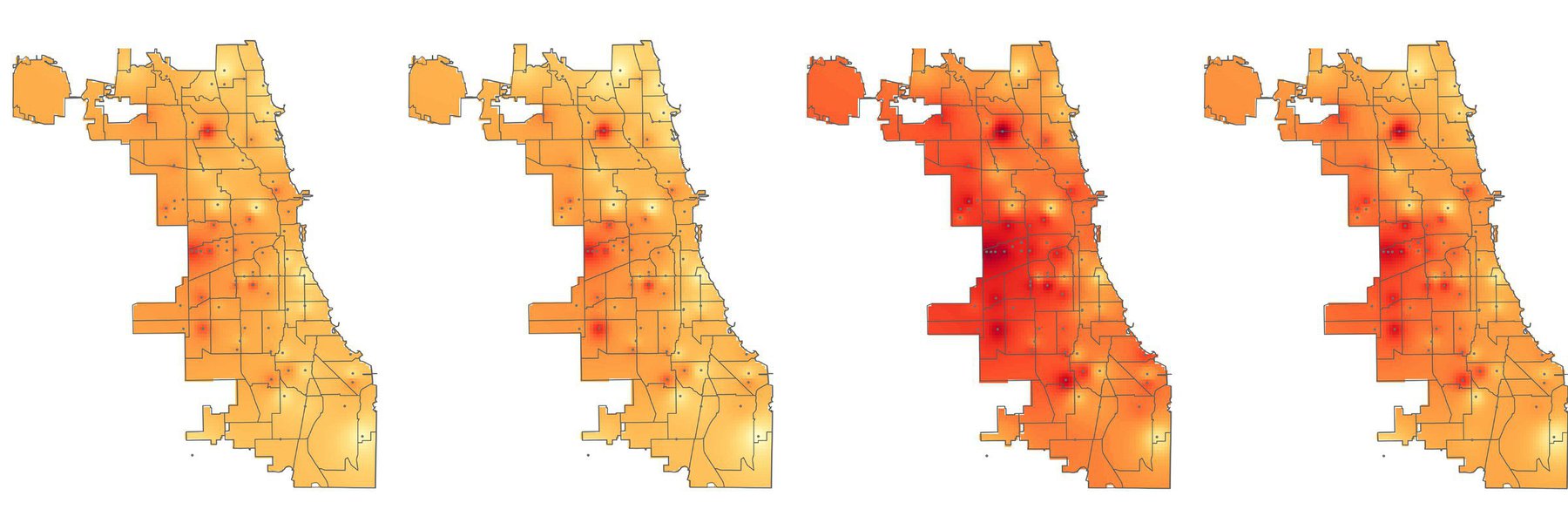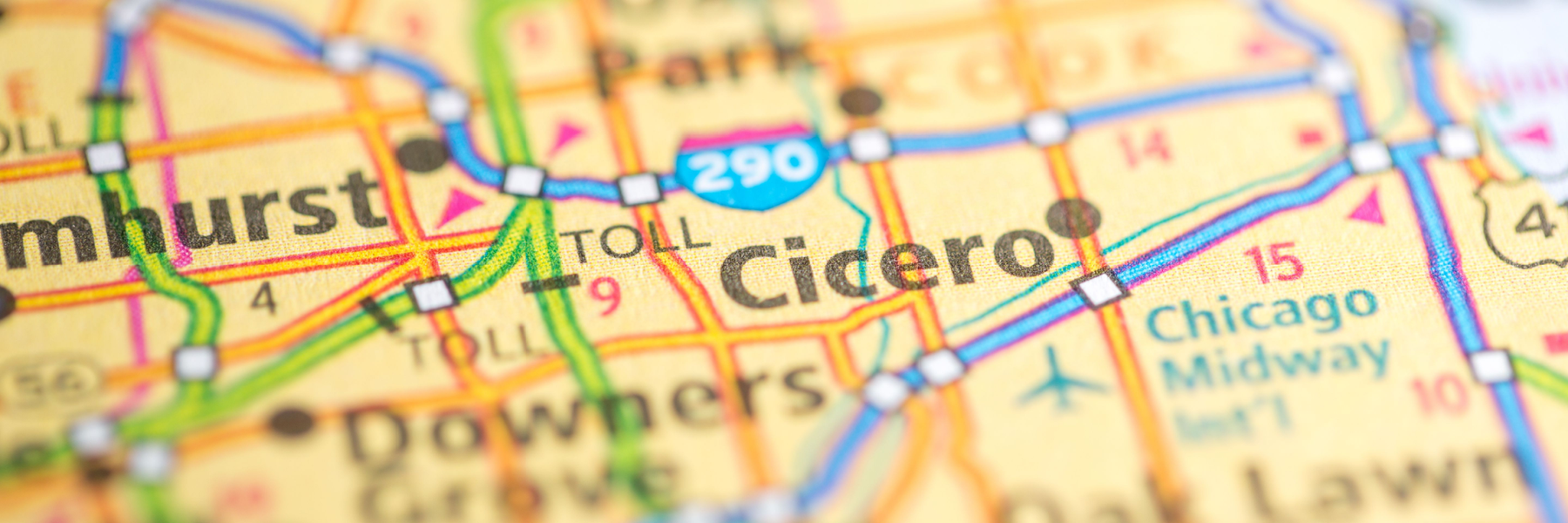In recent years many states have begun to to reform civil asset forfeiture, by either reducing the percentage of money police are allowed to keep, or reducing the number of situations in which assets are allowed to be seized. While some of these efforts have been more successful than others, a practice called Equitable Sharing continues to undercut these efforts and keep the worst excesses of police seizure alive.
The Equitable Sharing Program lets cops give any assets they seize to a federal agency under the umbrella of either the Department of Justice (DOJ) or the Department of the Treasury (DOT). At the end of the fiscal year, they are then given back up to 80% of these funds, and can use that money for anything the department deems necessary.
In 2015 then-Attorney General Eric Holder announced reforms to the program, barring cops from seizing any funds not actually taken in a joint operation with a federal agency, and limiting the practice to cases that were demonstrably, unusually serious. Loopholes exist that undercut these reforms, including the practice of prosecutors unnecessarily passing cases off to a federal agency so the state law enforcement agency can partake in the assets seized.
This summer, Attorney General Jeff Sessions directed the DOJ to dismantle the reforms that Holder had put in place, including reducing the minimum asset grab in which a federal agency can become involved from $40,000 to a mere $5,000. Much of the language in the press release was vague, only promising to “streamline” cooperation on asset seizure between state and local agencies and federal agencies, and to do all this “responsibly,” while protecting “property owners.” DOJ has in other words promised to undo much of what Holder has put in place and return to a time in which civil asset forfeiture was much more unregulated, and used far more often.
We have been collecting Equitable Sharing Program forms from many local and state law enforcement agencies. Below, we will be walking you through some of our most interesting gets.
Chicago Police Department
Chicago Police (CPD) rack up big numbers year after year, which makes sense taking into account their status as one of the top five largest police departments in the country. Of the records we received, the year 2012 stood out.
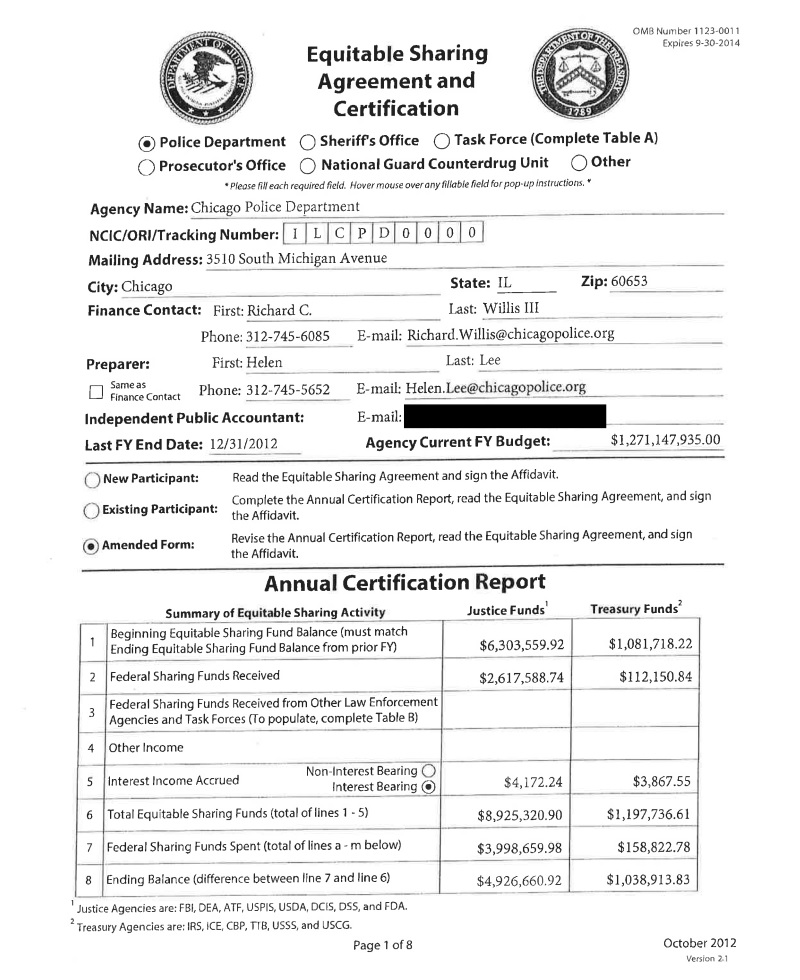
$6.3 million from the DOJ. $1 million from the DOT. $7.3 million in all, which means it is almost certainly up over $8 million that the CPD took in all. These are huge numbers, and in a city that deals with as much poverty as Chicago, that definitely hurts.

This money was dropped into electronic surveillance, riot gear and weapons, undercover policing, and training, to name a few. While these funds certainly pad their budget and give them lots of room to spend, what is especially interesting is actually how little was spent from the grand total. While $4.1 million is nothing to scoff at, that still leaves millions of their total windfall in reserve.
One other thing to make note of is that these forms for some reason also track civil rights cases brought against the department. No other agency has been so thoroughly wracked with these cases.
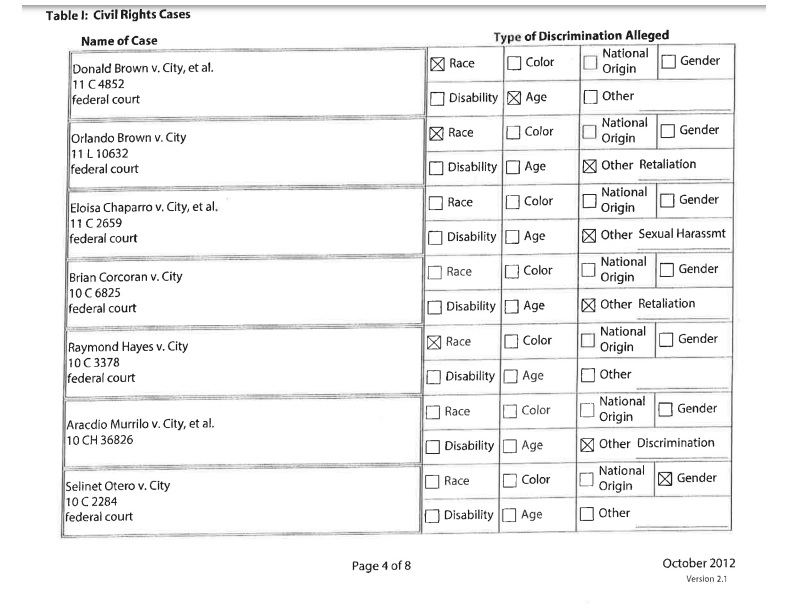
There are plenty more you can check out. Most have to deal with race discrimination, but there are also charges of disability discrimination, gender discrimination, and religious discrimination.
Colorado State Patrol
In Colorado cops can retain 50% of seized funds, which gives police some incentive to share with federal agencies when they can to get a larger cut. The response from the Colorado State Patrol (CSP) is particularly interesting due to their release of a detailed list of all seized assets in the last few years. It is a good look into how often vehicles, , thousands upon thousands of dollars, and great variety of assets taken.

The list just goes on and on. To get a scale of this issue, it is highly recommended that you take a longer look at this list.
Indiana State Police
In 2015, the year of Holder’s reforms, the Indiana State Police (ISP) took in $878,000 in DOJ funds, and $500,000 in DOT funds, for a grand total of about $1.3 million. A lot. But the year before when things were much more unregulated, ISP took in an astonishing estimated $2.1 million from the DOJ and just under $1.4 million from the DOT, totaling nearly $3.5 million in all.
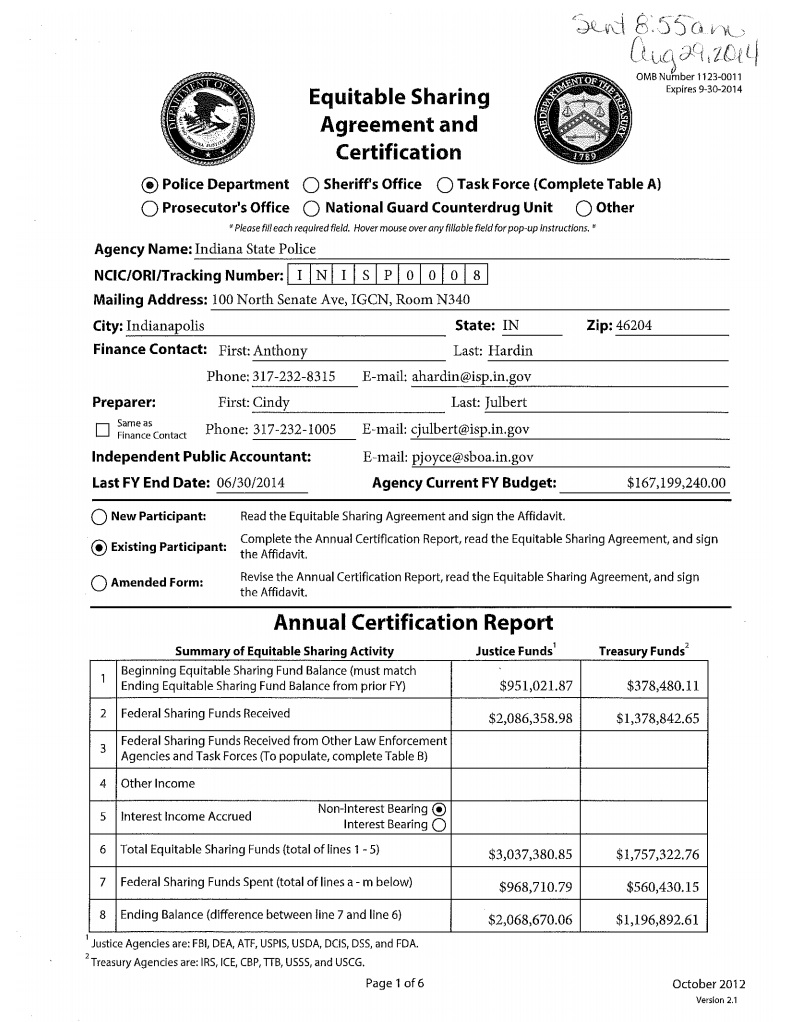
And what did ISP spend all this loot on? Take a look.

Make sure to not the almost $30,000 spent on electronic surveillance, and the more than $100,000 spent on protective gear and weaponry.
Kentucky State Police
Here, we get a glimpse at the failure of Holder’s reforms to really stem the tide of asset forfeiture. Even in the 2016 fiscal year, a year after Holder instituted the new requirements, the Kentucky State Police (KSP) pulled in over $1.5 million from the DOJ alone, with over $500,000 also coming from the DOT’s various law enforcement agencies. This means that they likely pulled in well over $2 million in total seizures, potentially nearing $3 million.
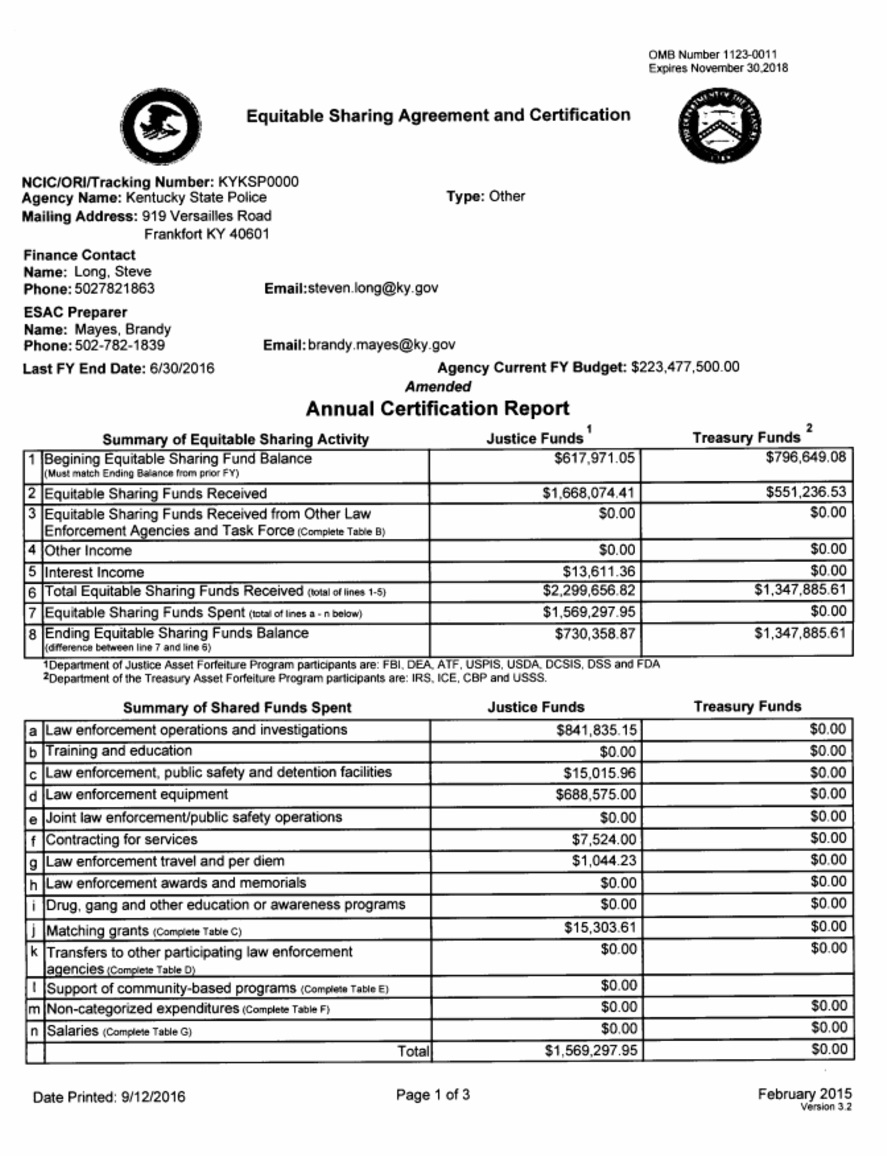
One can also tell from these forms what all this money is going to. In KSP’s case , they spent some $688,575 on law enforcement equipment, almost $900,000 of it on operations and investigations, and zero on training and education.
Massachusetts State Police
MuckRock’s home state has some of the weaker laws curbing civil asset forfeiture. Like South Carolina, only probably cause must be shown in order to seize assets, and law enforcement agencies get 50% of the proceeds, while prosecutor’s offices get the other 50%. In 2012 the Massachusetts State Police (MSP) received over $5.3 million in funds between the DOJ and DOT Equitable Sharing Programs alone.

Over $500,000 of that was spent on weapons and protective gear, while another $500,000 was spent on buildings and “improvements.”

In 2015 the total gained by MSP through the Equitable Sharing Program was slashed to just $300,000 total. In 2016 the total rose again to over $750,000, but was still down from the years before Holder’s reforms. In the year before those reforms, 2014, the funds MSP got back - again not the total amount seized - was over $1.4 million. It’s likely these figures will begin to swell notably now that Sessions has begun to roll back the reforms.
Oklahoma City Police Department
Oklahoma City Police (OCPD) gives us a nice example of what happens in states where the civil asset forfeiture laws have not been reformed. In Oklahoma, agencies can keep 100% of the assets they seize, and the property owner must prove their own innocence before getting any funds back. What we see in this case, is much less cooperation between federal agencies and local or state agencies, and a lot more money being generated from plain, old civil asset forfeiture rather than through the more labyrinthine Equitable Sharing Program. Take these figures from the last seven years of the OCPD’s civil asset forfeiture program:
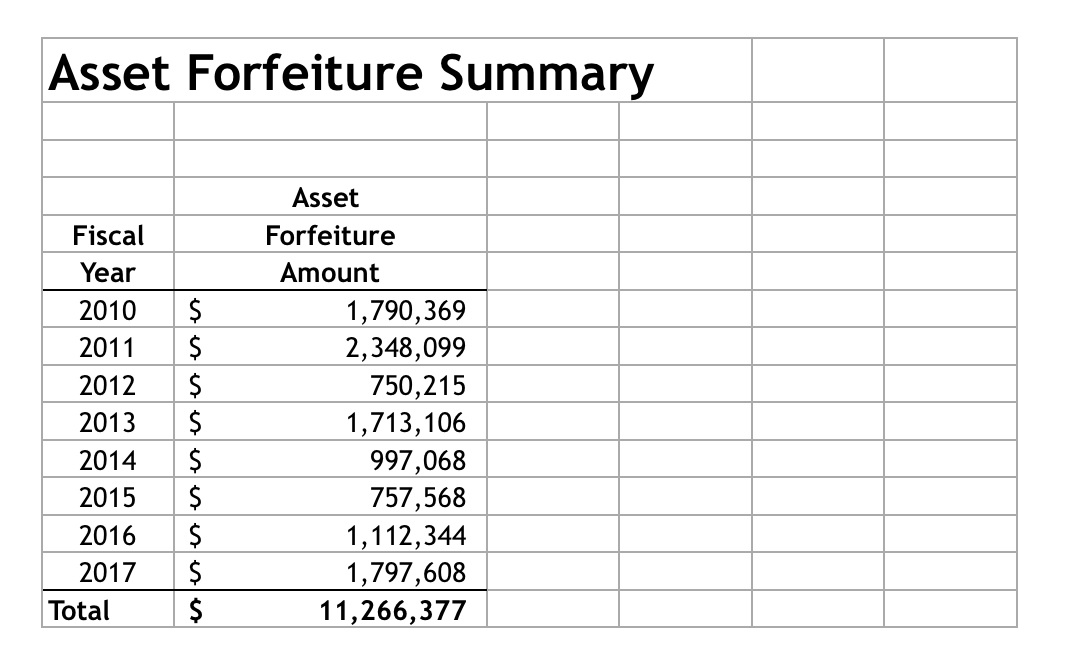
$11 million overall, with several years resulting in totals well over a million dollars. Now, for reference, in 2011, they received about $307,000 from both DOJ and DOT. Much less than the $2.3 million taken in through civil asset forfeiture.
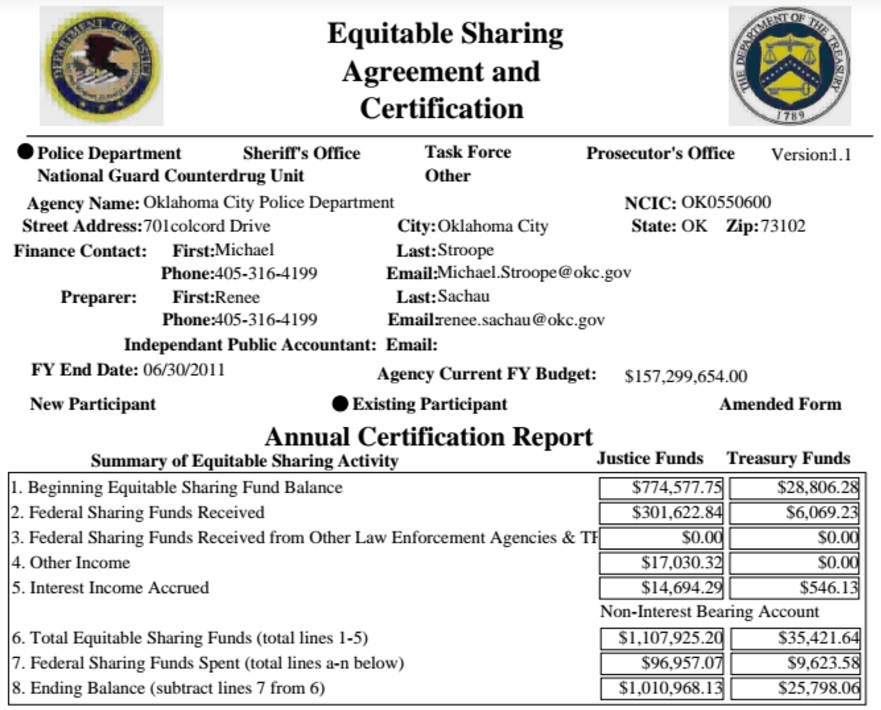
South Carolina Highway Patrol
South Carolina has one of the worst civil asset forfeiture laws in the country. Police only have to show probable cause to seize assets, there’s no reporting requirements, and law enforcement gets to keep 75% of proceeds, while prosecutors get 20%, with 5% going to the state general fund. Even with these lax requirements, we can see from the Equitable Sharing Program forms South Carolina Highway Patrol (SCHP) released, that even states with incorrigibly tough civil asset forfeiture laws, agencies can double dip and make even more. The SCHP haven’t released to us their civil asset forfeiture figures as of yet, but in 2011 the agency was able to make an extra $1.4 million for themselves.
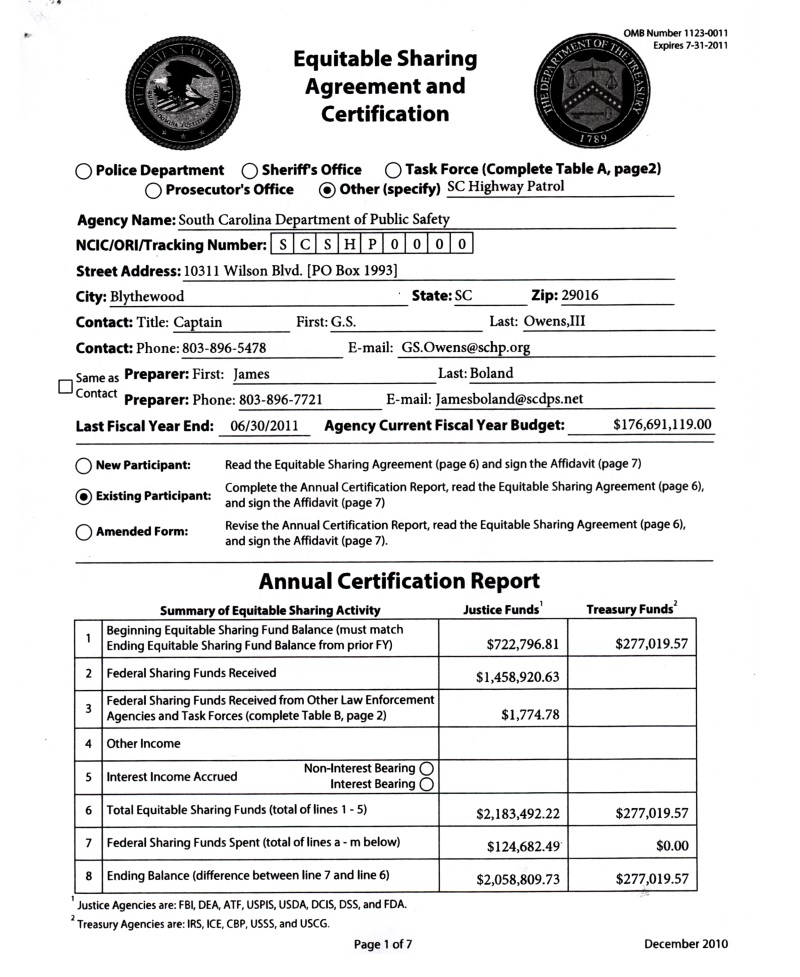
SCHP also had a litany of civil rights cases brought against them, serving as a reminder that agencies that do have high numbers of race discrimination, “wrongful death” allegations, and false arrests are still allowed to be able to participate in the program.

Vermont State Police
On the flip side of that are the Vermont State Police (VSP). Vermont has relatively good civil asset forfeiture laws, with the central reform being that all seized assets go to the state treasury, reducing incentive for police. However, we can see through the Equitable Sharing Program forms that VSP gets around these laws by going to the federal government.
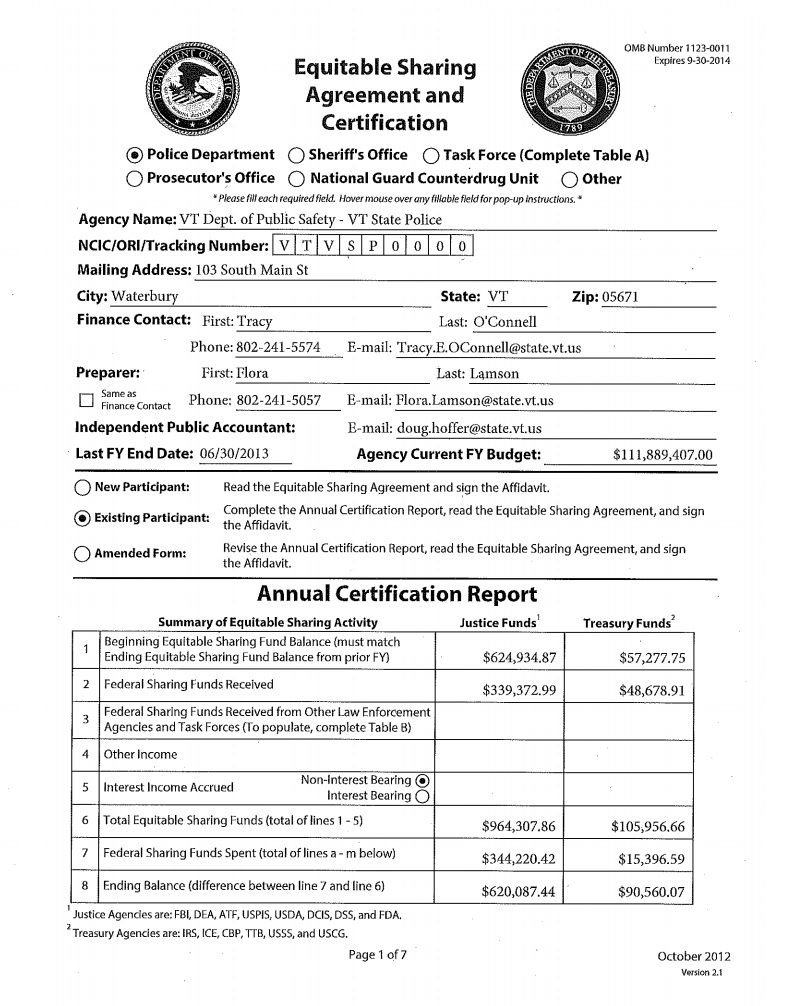
Vermont ranks 49th in the nation in terms of population, with about 625,000 people. Vermont has a low crime rate, and suffers from substantial rural poverty. In 2013 VSP were able to seize almost $400,000 in total. Always keep in mind that with the Equitable Sharing Program agencies only get back up to 80% of what they initially seized, so the $400,000 VSP received, was out of a larger total, likely over half a million dollars.
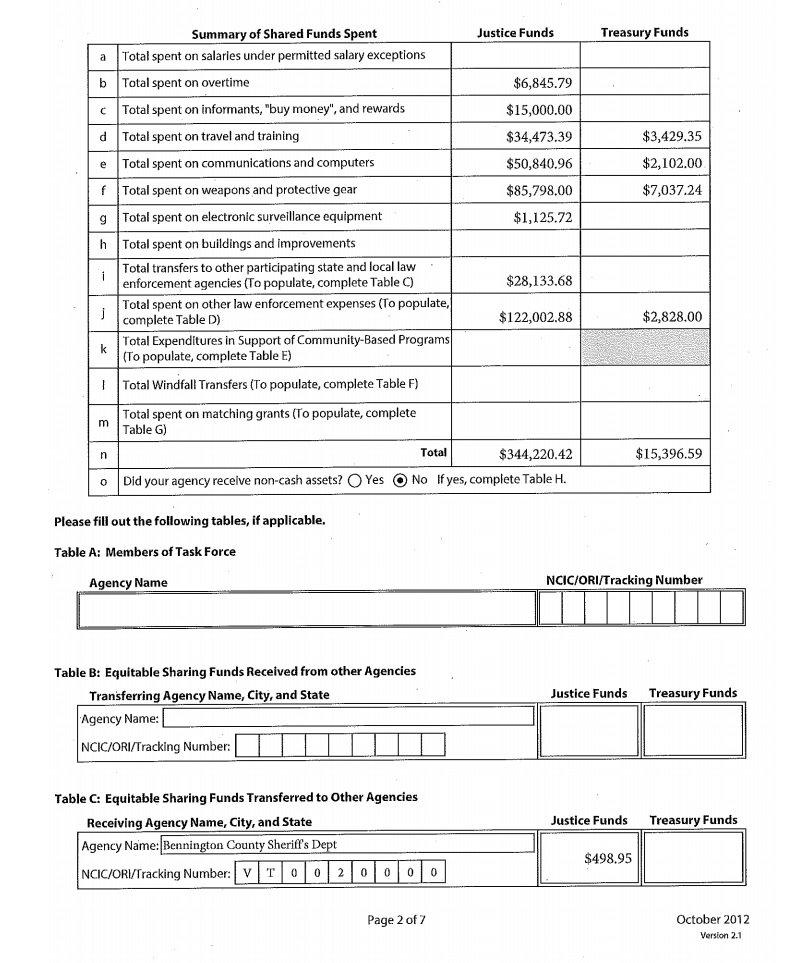
Nearly $100,000 of this total was spent on protective gear and weapons, something that is debatable whether a state like Vermont even needs much of. See the debates in New Hampshire over the 1033 program as a reference, don’t take my word for it.
We will continue to publish on this issue as more responses roll in. In the meantime, it is highly encouraged that you check out the full cache of documents.
Image via Little Rock Air Force Base
